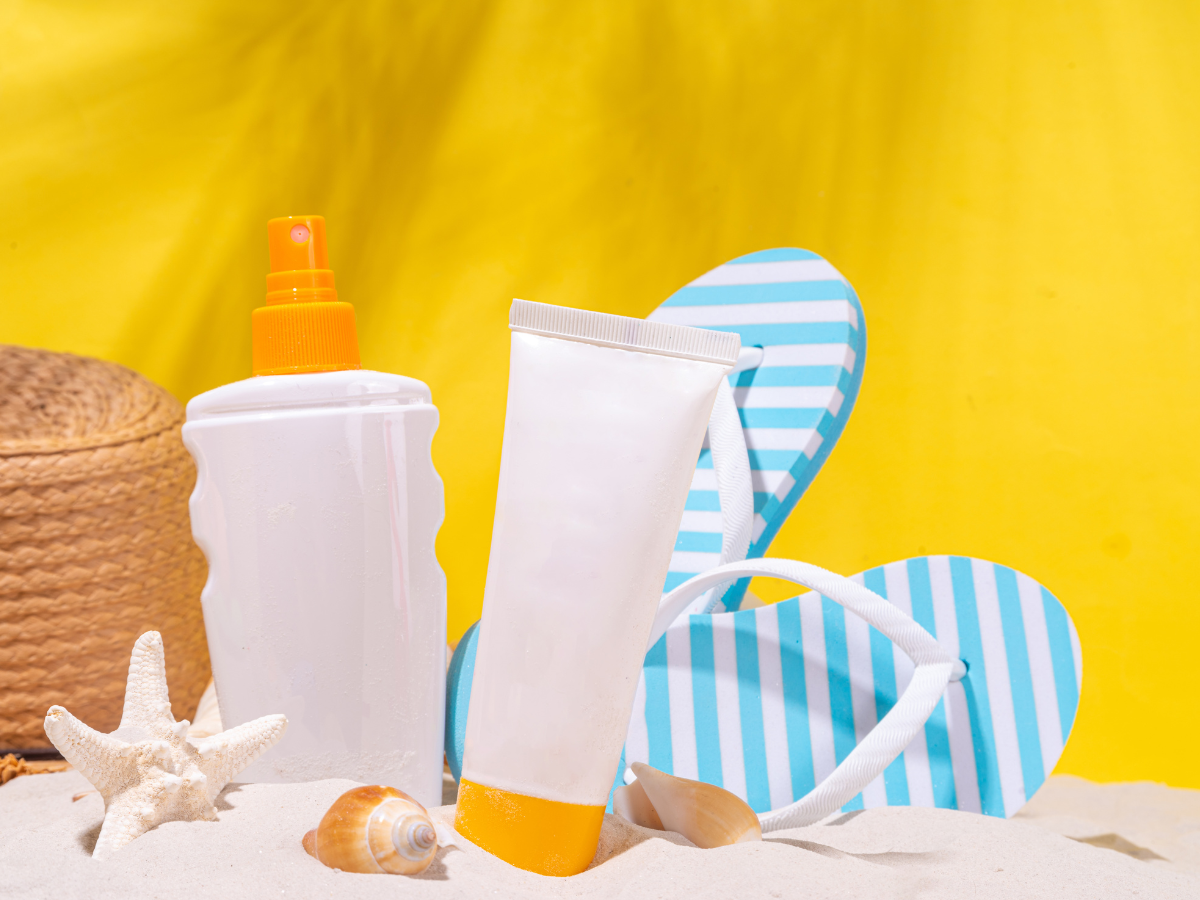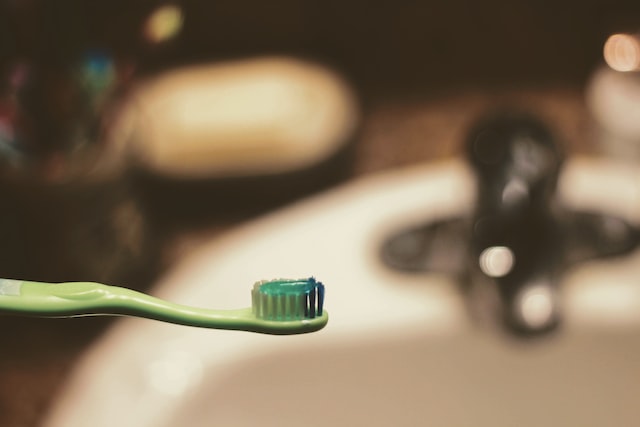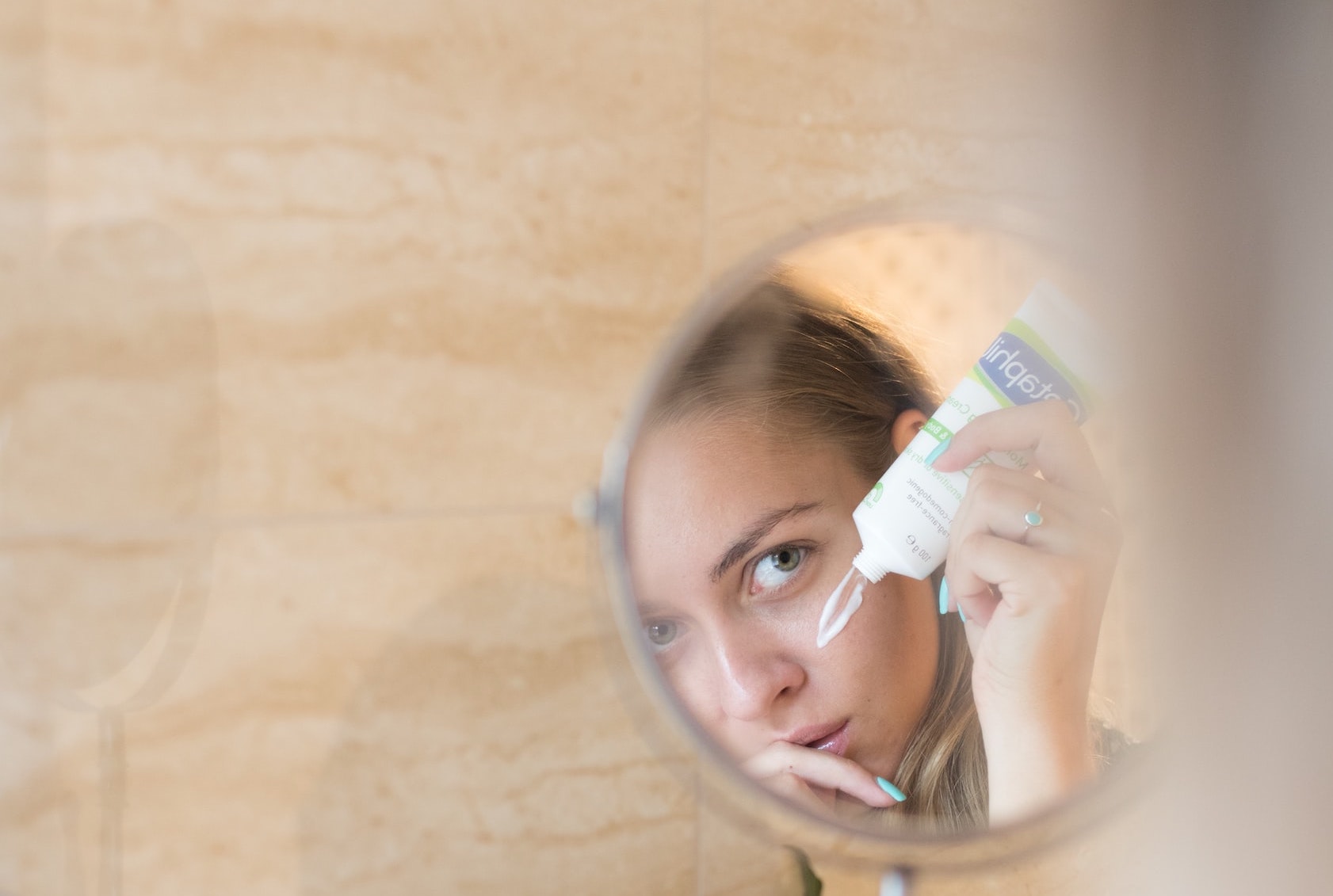What’s new?
On October 24, 2024, the SAG-CS published its opinion on the safety of Dihydroxyacetone (DHA). DHA is currently used in cosmetic products designed to create a tanned appearance without the need for UV light exposure.
Based on the available evidence, DHA was considered safe for use by adults in certain cosmetic products at the bellow specified concentrations when used to create a tanned appearance or brown coloration without exposure to UV light:
- Leave on self-tan (lotion and non-aerosol spray) – 14%
- Non-oxidative hair colourant (leave-on) – 6.25%
- Leave on self-tan (spray booth weekly application) – 14%
- Rinse-off self-tan (rinse-off lotion) – 22.5%
The SAG-CS also found DHA to be safe at these concentrations when considering possible aggregate exposure.
However, it highlighted concerns regarding the use of these products in individuals under the age of 14 due to the lack of exposure studies.
What now?
These conclusions by the SAG-CS differ from the opinions published by the SCCS for the European Union (EU) and the regulations currently in force in the EU.
In the EU, DHA is restricted to a maximum concentration of 6.25% in as a hair dye substance in
non-oxidative hair dye products, and 10% in self-tanning products.






